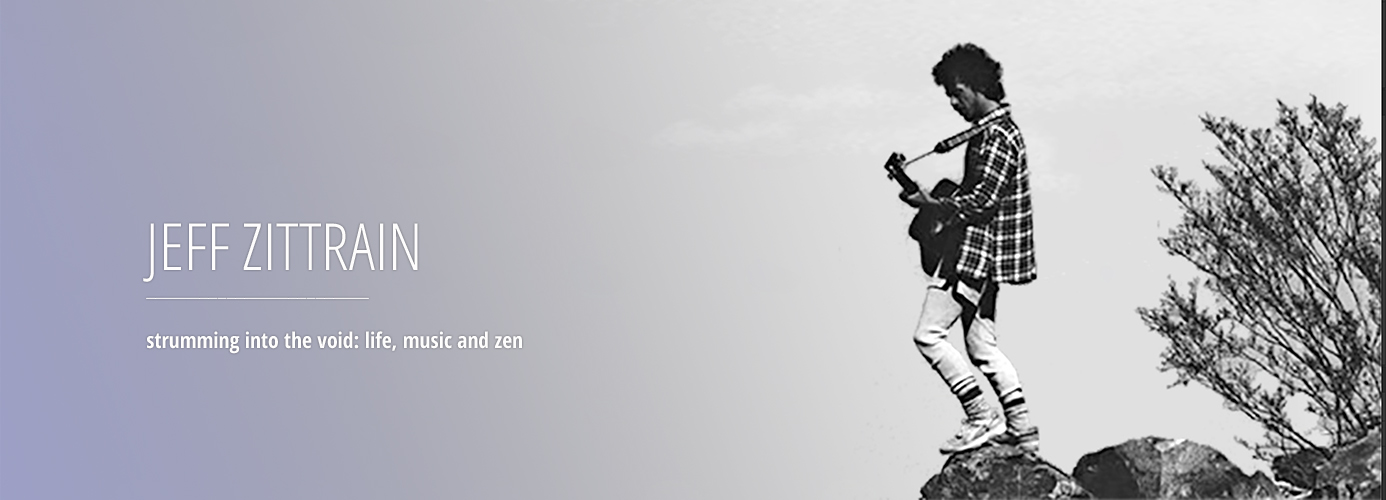(First published in KyndMusic Magazine, January 2008)
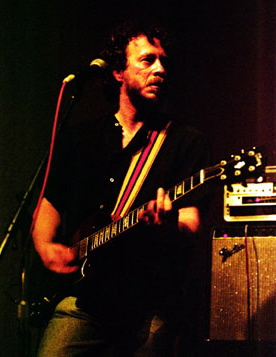
We all got reasons for the things we do and say
I can’t stop anyone from living out their life
But you’re still bloody, when you hold that bloody knife”
Some big news a’brewin’ in Kyndland. The site it is a’changin’ and I’m going to transmogrify this column into something else after this month – so take a seat, grab your hats and hang on for the final installment in our long-running paradigm. As befits a swan song, I’m aiming high (per usual) – we’ll cover life, art, and psychotherapy – and how we hold it together (or not) as we walk the razor’s edge…
Let me start with a story:
Back in August I debuted the Z-Trane Electric Band in San Francisco. I’d done some acoustic gigs during the year (some solo and some with a bass accompaniment), but this was my first electric show (drums, bass, and me and my SG) since the final FLW gig in January. You would think that a momentous occasion such as this would garner extensive rehearsal to get everything perfect – but then you would be wrong. I certainly was.
I only had about 4 or 5 practices with my new rhythm section to prepare for the show. Make no bones about it, that is a quantum couple of leaps from the long-term band experience in which you put in years (or months…or at least a few weeks, dammit) of jamming to explore and then discover and then settle into your sound.
On an immediate and practical level, since we didn’t have a jamming history and my customary backlog of material I would not have the luxury of calling songs on the fly during the gig based on the vibe of the room. Instead, I had to do something I’d never done before – plan out the show with a dreaded set list.
Options were limited because I hadn’t showed them enough songs to be able to mix and match and plug in here and there.
I started with a song I’ve been playing for years, a fairly straightforward (but amped up – a reviewer once called it “truly caffeinated”) cover of “Folsom Prison Blues” – generally I don’t like to open with a complicated or long song, because the band isn’t warmed up and also you don’t know if the sound needs to be tweaked. It’s quite the buzzkill to lay into a long impassioned solo and then find out at the end of the song that either no one could hear it or conversely that it was busting eardrums – nothing worse than feeling like you need to spend the rest of the set apologizing for the first song.
The second song stretched out a little further, but it was the third song (and first major jam) of the night which gives this column its raison d’etre as well as nom de title and maybe even a little je ne sais quoi. (Pardon-moi, c’est tres, um, late…) Anyway, this song was my own “Bloody Knife,” a pretty straightforward funky number which I’d always described as somewhere in the realm of Dylan’s “Slow Train Coming” – straightforward that is, until the lengthy improvised instrumental section.
This section is improvised within a distinct three-part structure. All three sections follow the song’s chord progression but with three different approaches and feels.
The first is a (relatively) “normal” jam over the groove of the song for approximately 3 or 4 verses. Simple enough.
The second section begins when we abruptly head over a cliff and into space – that is, the drummer stops playing the beat and moves to shimmery/rumbley effects on the toms and cymbals, and the guitar and bass, while still holding (or sometimes just implying) the chord changes, try to sound as far out underwater outerspace anything goes Pink Floyd/Dead/UniqueNewSoundThatsNeverBeenHeardBefore as possible. It’s a pretty traditional chord progression so it’s great fun to stretch and pull and pound and twist that structure like so much silly putty in your axe.
I used to have a great digital delay effect box that I would push to full tweak and use along with my volume pedal to create string-sounding modulating swells at this point rather than normal notes. This section has no set end time – but I like to push it past when the audience, and rest of the band for that matter, would think it was over – I inevitably found that the coolest sounds would happen at that edge, when you were out of your familiar comfort zone and were forced to get weirder.
And finally, for the third section, after space had gotten as weird as it could, a smooth, straight-ahead beat would pull us gently back into a groove and distantly familiar melody, as that same chord progression was still happening underneath it all.
I always referred to this as a “Ringo Starr type” beat (think “Flying” from Magical Mystery Tour), or Floyd again, (and one drummer I played with heard it as “Riders on the Storm”) but the point is that after the first section funk and then second section craziness of space it was a beautiful gentle groove that was light enough to feel like you were flying yet would progressively grow and grow and peak out beyond where you would think it could go and then paradoxically end up back into the original funky groove of the song.
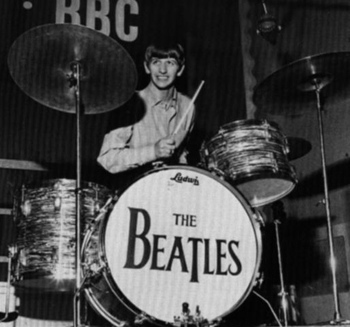
Or, as my old pal T.S. Eliot put it:
“And the end of all our exploring
Will be to arrive where we started
And know the place for the first time”

The jam is not technically difficult (and I’ve learned in the last few hours that playing it feels like nursery school compared to writing about it…) – we’re not talking Yes, here. The power comes from the arrangement – the juxtaposition of the sections – and the feeling you put into them.
Which is why it was driving me bananas that the drummer for this particular gig was not playing the simple Ringo Starr beat. It wasn’t that he couldn’t do it – he had chops up the wazoo. And it wasn’t (as is the case with some drummers with chop-laden wazoos) that he didn’t like to play simple like Ringo – one of his other projects was actually literally a BEATLES COVERBAND ferchrissake.
But, for some reason, he would be funky in the first section, he would be spacey in the second…and then he would be funky again. So the guitar solo would end up, to my ears at least, in the house of horrors, just lying there, flogging a dead horse, not able to lift off into new territory, dragged back into the (damn) funk.
Which drove me even more crazy because, coming as it did batting third in the set, Bloody Knife was our first long jam of the night – and the first long jam I was presenting live since FLW – and the last thing I wanted was my audience coming to the grand revelation that my guitar solos were finally exposed as dead-horse flogging, lame and boring.
I was sweating bullets thinking about that poor horse the night before the show, so I tried to make myself feel better by deciding we would practice that section at the soundcheck. But inside I knew that was the dream of a desperate man, grasping at straw drumsticks – soundchecks are not the places to pin your hopes on getting something you’ve never gotten before. Most of the time they don’t even succeed in the checking of your sound.
There was nowhere else in the set to put the song. It grew bigger and bigger, turning into a crucial symbolic crossroads. My mind began making boundless crazy circus leaps. I started to feel that if we didn’t get this ONE part of this ONE solo on this ONE song – it was like flipping a train switch the wrong way… sending the train and the gig rattling towards hell… the rest of the show would fall apart… and then of course my entire musical career would fall apart… and then, obviously, my whole life would fall apart…and I’d spend my last miserable days shuffling around alone in my sick room, mumbling about the solo that might have been…

Which makes me seem like a bit of a lunatic. But it brings me (finally) to the concern of this column. It’s a certain “poetic” mentality, if you will, that views the so-called small stuff as expansively glorious. The mundane made magnificent. I am reminded of a brilliant writer friend of mine who was told by a woman that being with him “made life into a cathedral.”
Not coincidentally, that affair ended badly…
It’s a double-edged sword damned curse.
Because, you see, if everything is riding on one note, it can be redemptive…or tragic. When small actions are symbolic and metaphorical – you have a chance to save the world…or lose it.
This may sound suspiciously like freaking out – but consider it in the light of one of my favorite lines from Jack Kerouac’s “On the Road” where he describes a jazz band jamming:
“Every now and then, a clear harmonic cry gave new suggestions of a tune that would someday be the only tune in the world and would raise men’s souls to joy.”
To which I reply: Right on. Sounds good to me. Because you know what – that’s the tune I want to play…
The problem is, of course, that when you put that much emphasis on one thing – perhaps you’re setting yourself up for, oh I don’t know… bone-crushing disappointment. If the only tune in the world doesn’t raise men’s souls to joy, maybe it will condemn us all to despair…
(And Jack’s last days, in fact, were spent not so far off from my own sick room fears…)
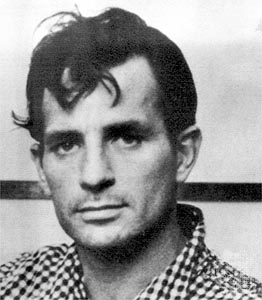
For this is not just music we’re talking about, my brothers and sisters, but life. The big gestures and grand symbolic revelations can catapult you around a crazy rollercoaster – and while you might enjoy the rush, you can also go careening off the tracks…
As they said back in the psychedelic day: Can YOU pass the acid test…?

As (pre-Abacab) Genesis fans know, if you’re going to dance on a volcano, you better start doing it right…

Right Action, that is. You’ve got to care deeply, but also be able to let go.
I’ll counter Kerouac’s quote with Steelers coach Mike Tomlin’s response this season when asked about a play that seemed to expose a fatal weakness in his defense:
“I don’t believe in one defining play.”
Doesn’t really have much of a ring to it, I know. Which is why, maybe, he’s a football coach and not a poet. Both in style and substance. It’s the lesson of life that sports seems to continually offer – keep your cool, don’t panic, all is not lost – there’s another play, another game, another season.

Yet somehow in the midst of all that, you still go for broke and leave it all out there on the field. Right Action.
I coincidentally watched a documentary this week on master filmmaker Stanley Kubrick, wherein various actors and colleagues emphasized his perfectionism – Tom Cruise recalled being forced to do forty takes of a scene because Kubrick always felt it could be better.
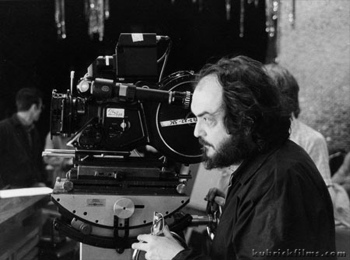
To which I must ask: Delusions of grandeur in the new band’s first electric gig? Is “Bloody Knife” really supposed to be “2001: A Space Odyssey”?
I’ll answer with Thoreau: “in the long run, men hit only what they aim at, so though you miss at first, aim high.”
The art I’ve been drawn to is always big. The aforementioned Kerouac and Kubrick. Shakespeare, Milton (“justifying the ways of God to man”), Vonnegut, T.S. Eliot. Bands? The Who, the Dead, Genesis (pre-Abacab), Pink Floyd, Zeppelin, the Doors. Albums like “Layla,” and a concert film like “The Last Waltz.” Richard Burton’s “Hamlet” or “Equus.” “Apocalypse Now” and “Unforgiven.” You don’t get much bigger than all that.
And those visions have shaped and informed, for better or worse, my own playing. As a drummer/painter/artiste friend of mine remarked upon hearing my solo in “Sitting at the Bar” – “you’re certainly not afraid to make the big statement…”
He said this simply as a matter of observation, neutral. Neither praise nor damnation.

Satan from Milton’s Paradise Lost, by Gustave Gore, 1866


“You’re still bloody, baby…”
Which left me to consider: Overblown and pretentious? I don’t think so – not if it’s real. “Buy the ticket, take the ride,” as Hunter Thompson said in my last column. And you can still make the smaller statement too, the little gem – just make it a gem.
And as I think back to the Kerouac quote about the “one tune” I notice it’s bookended by the whole never-ending journey:
“There’s always a little more, a little further – it never ends. They sought new phrases. They tried hard. They writhed and twisted and blew. Every now and then, a clear harmonic cry gave new suggestions of a tune that would someday be the only tune in the world and would raise men’s souls to joy. They found it, they lost it, they wrestled for it, they found it again, they laughed, they moaned and Neal sweated at the table and told them to go, go, go…”
That is, sometimes you get more than one shot – or at least you’ve got to believe that.
No matter what, it’s an adventure. So show a little faith, there’s magic in the night…

And somehow, at that debut gig in August, “Bloody Knife’s” spacey second section came to an end and I looked at the drummer and for the first time ever he laid down the Ringo Starr beat and our little plane took off and I breathed a sigh of relief and I knew everything was going to be fine…
…for a while…
It doesn’t end – just like this column, it just twists and turns into something new…
Word on the street is that someday soon you will be able to check out the video footage of this very performance of Bloody Knife. In the meantime, here’s an epic Bloody Knife maiden voyage with a completely different rhythm section (and sax!) right here on YouTube.
Let me know what you think…and see you next time (with a new format…)!
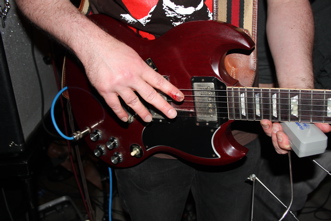
The strings and pickups were caked but – The show must go on- Z-Trane at the Connecticut Yankee, SF, 2010
Jeff Zittrain is currently performing solo acoustic and with the Z-Trane Electric Band (check out his home page). He was the primary songwriter, lead guitarist and co-vocalist of the rocking yet sensitive trio Famous Last Words. He is also an activist and Humanities Professor in Berkeley, CA.
